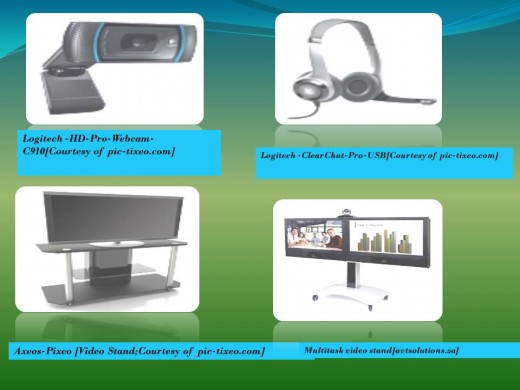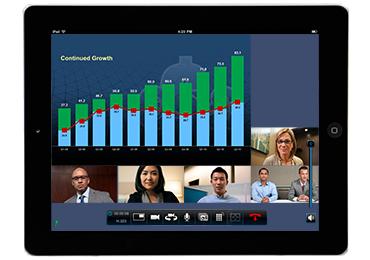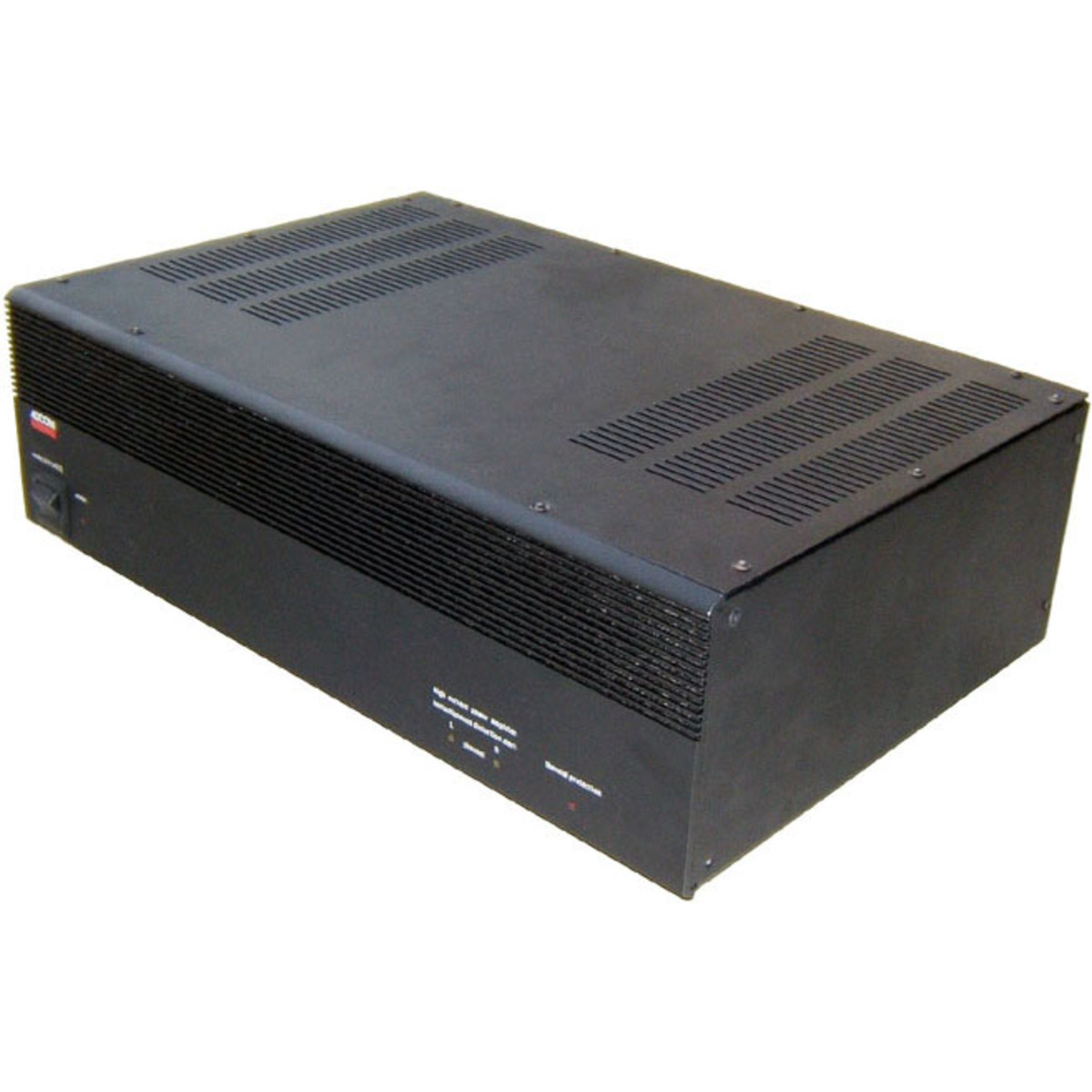How Video Conferencing Has Eased Communication for Businesses.
Video conferencing is redefining communication.

Understanding Video Conferencing-the bigger picture.
Video Conferencing? What is it?
Science point of reference-Video conferencing refers to use of computer knowledge to link two or more persons through a video link in real time. Since the communicating parties are separated by a physical distance, the technology bridges this gap allowing seamless running of different branches from a central location. Video conferencing allow the persons communicating to see, listen and respond to queries through the video terminals.
Business point of view-with environment conservation and adoption of green technology gaining traction in business circles, more and more organizations are investing in video conferencing so as to save on traveling costs, while minimizing tempest and risks associated with constant travel.
This has set communication in organizations abuzz with an illustrious improvement in decision making, efficiency in coordination and ease of delegating duties. Through use of telecommunication knowledge, information technology stalwarts have made video conferencing an iron pillar in organizational to bring together business associates, business leaders, opinion shaping persons and organization workers together in real time.
This serves to save on cost, time and resources while eliminating the need to keep a constant travel diary.
How video conferencing works-Connecting the dots
Conventionally, technicians use webcam or cameras to capture videos in real time. The videos are combined with sound output from digital microphones in a seamless way to bring about coordination of voice and audio. The end result of this seamless blending of visual and audio concepts is production of digital data which is then transmitted over air to the intended video terminal. Each of the terminals used in video conferencing locations are equipped with echo filtering software to ensure sound and visual relaying are in tandem. The digital output is compressed before sending to ease transmission over the internet; for example, the output is compressed at the sending terminal but only decoded on arrival at the receiving visual display unit so as to enhance quality. Speakers, either external or headphones sets are used to air the voice to the recipient audience.
The necessary software defines how successful video conferencing shall be. And there are several options to choose from when purchasing the software’s. The software can be purchased as off the shelf with server back up or it may be tailored to suit an organization. The underlying principle is to go for an option that delivers in quality, efficiency and cost cutting.
Video Conferencing in real life.
Necessary equipments used in video conferencing
The type of equipments that organizations will invest in is highly dependent on scale to which video conferencing will be carried out. For small and medium sized organizations where video conferencing is acts as a back up support service to mainstream modes of organizations, then desk top based video conferencing is most appropriate. It basically entails a desktop computer with a webcam or linked camera, reliable network and speakers for audio services.
However, in larger organizations, investing in appropriate infrastructure is key to smooth integration of video conferencing in the organizations structure.
Basic equipment for video conferencing success

Necessary softwares
There are plenty of soft wares nowadays to enable video conferencing. With video conferencing industry gaining fast in popularity, organizations are relishing to role out even better support software that aid in setting up a video conferencing unit to building state of the art stand alone video conferencing units. Availability of many soft wares in the market offers organizations a chance to choose for their preferred specifications. Free video conferencing soft wares allow organizations with a limited capital base to set up small scale video conferencing units. Nonetheless, suitability of free software remains a topic of discussion.
Commercial enterprises that boost of a strong capital base invest in modern software to supplement hardware infrastructure and augment quality. To point out just but a few, the following soft wares are increasingly being used by organizations;
- Adobe connect
- Nefsis
- Banckle online meeting
- iMeet
- Skype
- Microsoft Live meeting
- Babel Tree
This list is by no means exhaustive, neither does it reflect the order of popularity whatsoever.
Advantages of video conferencing to medium and large business enterprises
1. Since it eliminates the need to travel constantly, video conferencing decimates the funds used up in video conferencing.
2. Interviews and job placement can be carried out remotely enabling organizations to reach to many interviewees whilst saving on time. This a real bargain since traveling is time and resource consuming.
3. Video conferencing allows executives to delegate duties and closely follow up the outcomes of activities even when an organization has spread out branches in various locations.
4.Training can be carried remotely allowing organizations to access training services of top rated trainers without incurring cost of shipping trainers or the personnel.
Modern Education and Video Conferencing
While the concept of video conferencing has been in use for long period of time in well developed Universities, the technology is relatively new to many of the upcoming institutions. And with such upcoming institutions seeking to expand their areas of influence through expanding their centers excellence, the need to access services of experts in various fields has necessitated the need to seek for alternatives. This is where video conferencing comes in handy. In some developing countries, the concept is all new and exciting. But in well established organizations, the concept has long been used as a mainstream method of delivering concepts.
There are various benefits accrued to adopting the technology amongst which include;
- video conferencing allow students in universities with a number of campuses located in different locations to form discussion groups
- Academicians and experts can conduct group meetings on video to explore various topics of interest
- it has enabled distance learning through creation of virtual or satellite campuses where training is delivered on video and on real time basis.
- video conferencing allow tele-medicine where medical students can be introduced to concepts remotely.
Video conferencing in lecture halls at CUEA

Video conferencing on mobiles
Referred to as mobile 'telepresence' due to the fact that cellular phones are highly mobile. However video chat technology involves modifications in mode of digital data transmission to allow ease of transmission and preservation of quality. This is because mobile phones receive data in form of radio signals thus incapacitating streaming large amounts of video digital data. Further more limited bandwidth for mobile phone data transmission reduces relay of quality digital data in real time.
As a remedy to the limitation, various mobile applications have been invented and which guarantee faster transmission, better quality as well as multiple chatting partners. some of these mobile applications are shown in the table alongside.
Mobile video conferencing is finding favor with mobile users

A preview of mobile applications that enable video chatting
Applications Name
| Mobile platform
| Features
|
|---|---|---|
1.Skype
| Windows platform, Android platform, iOS platform, BlackBerry platform
| It has more than 290 million users / Allows Voice and video chats /It has an added feature of instant text messaging
|
2.Hangouts
| Based on android platform
| As with Skype, it allows video as well as voice chats /A user can chat with up to 10 people at an instant /It allows users to distribute emojis and photos
|
3. Tango
| Works on Android and windows platform
| Has additional features to voice and video chats basic/Users can play tic-tac-toe match whilst still in conversation
|
4.Viber
| Android platform
| Allows for free calling, text and photo messages /40 users can chat almost instantaneously /More than 100million users
|
Drawbacks that are harboring smooth transmission to adopting video conferencing
Though video conferencing has opened new possibilities in the way communication in organization is done, challenges have not been in exception. Of note, most organizations have experienced drawbacks mainly due to the following;
- the personal aspect of face to face conversations has been diminished owing to the physical distance between the communicating parties. This may lead to omission of finer details in a conversation.
- video conferencing is being carried on public platforms. This raises queries of how secure are organizational data and conversations may be in case there are infringements.
- Difference in time zone is still a limiting factor particularly in cases of organizations which have branches in different locations where there is a great time difference.
- Need to invest in the right cable management system to ensure communication is smooth and connecting cables are always safeguarded.
- Lastly, video conferencing may still not yet be ripe to be used as the main mode of organization communication. Network and power disruption may lead to installing back up which are as costly
Mainstream video conferencing vs mobile video conferencing
Between computer alligned video conferencing and mobile video conferencing, which do you think is growing faster?
The Future of Video Conferencing
Business executives are slowly closing on the ideal position of being ever present irrespective of office physical locations. Through video conferencing, workers are becoming easily reachable, consultations and decision making is fast improving and with time, video conferencing will allow even small scale business entities to operate almost seamlessly.
Current and emerging technologies are helping shape this new way of communication. Some of the most influential technologies in teleconferencing include adoption of video phones by individuals. This is quite evident in newly developed countries such as Brazil, the largely populated China and India as well as in Northern countries of America.
More business entities are venturing into video conferencing industry increasing innovation and accessibility

Parting shot
There isn’t much of a chance that cellular phone based video chatting will outwit computer based video conferencing in the near future. This notwithstanding, cellular phone based video chat still remains a favored way of interaction socially and as a conversation medium for social groupings. Though most of the organizations are still coy with adopting the idea of video chatting in normal office setting, marketing departments are using the technology to reach out to potential market.






